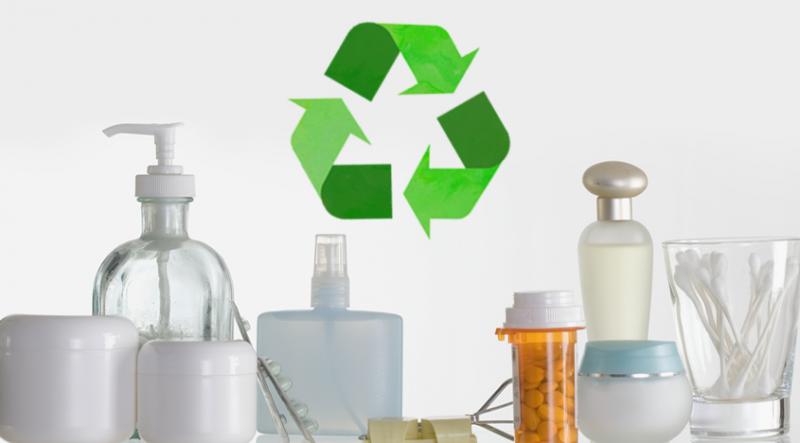As much as we love and enjoy using beauty products, the beauty industry is not yet in the good books of sustainability. A report by Zero Waste echoes this as it shows that more than 120 billion units of packaging waste collected every year are usually from the cosmetics industry.
As the push for sustainability continues, it often leads to the question — is there anything like sustainable beauty? If yes, how do you differentiate the good from the bad, because most beauty products are usually labeled “natural?” If you are on the search for answers, you’re in good company. We’ve compiled tips for findinsg eco-friendly beauty products below
Know What to Look for in a Product
The key to shopping sustainable beauty products is knowing what’s in your shopping cart. Don’t just take any product because it has been labeled natural. Instead, go through the ingredients to know what it contains.
In most products, ingredients are often listed in their scientific name, which can make it a bit intimidating. For instance, a beauty product with Melaleuca Alternifolia can make you run for the hills when, in reality, it refers to tea tree oil.
Knowing the ingredients in a product will help you make conscious purchases and avoid unsustainable brands. Note, you don’t have to know all the scientific names of ingredients out there, know the keywords to look out for, and it’ll become easier to shop sustainably.
Know What to Avoid
Knowing a few critical sustainable ingredients is helpful, but what if the product you’re looking at has one of the elements you know, and a string of other unsustainable components? You’ll end up buying it, assuming it is okay. It pays to know some of the ingredients you should avoid.
For instance, if one of the ingredients of a product is polypropylene or polyethylene, then it contains plastic microspheres. Due to their tiny size, they often end up in the ocean where they pollute and poison marine life. If your sunscreen contains oxybenzone, stay away from it. The chemical has been linked with the pollution and death of coral reefs.
There’s More to Sustainability
While at it, remember there is more to sustainable beauty than clean ingredients. A product might have the most eco-friendly ingredients, but if they’re sourced in a manner that harms nature, it’s not sustainable. For instance, palm oil is a clean ingredient. Still, its cultivation contributes significantly to deforestation in rain forests and the declining numbers of the Orangutan monkey species.
Again, note, the ingredients in your products might be ethically sourced, but what about the packaging? Will the bottle of that moisturizer end up part of the tons of plastic that make their way to our oceans every day, or is it biodegradable? If it’s indeed recyclable, is it cruelty-free?
If it ticks all these boxes, you have the green light to put it in your shopping cart, but if not, then it’s not sustainable.
Make Use of Labelling Tricks
A leaping bunny on a beauty product means that it is cruelty-free. In contrast, the NSF sustainability mark means the product has undergone thorough testing and complies with international standards. If it boasts the Fairtrade label, it means that all raw materials used were sourced in an ecologically friendly manner. Knowing these labeling tricks will help make your shopping process a breeze.
Using sustainable beauty products not only benefits the environment but you as well. This is mainly because some ingredients, for instance, the earlier mentioned chemical, oxybenzone has been linked to cancer. Therefore, shop sustainable cosmetics from Anokha not only for the environment but also for your good as well.
